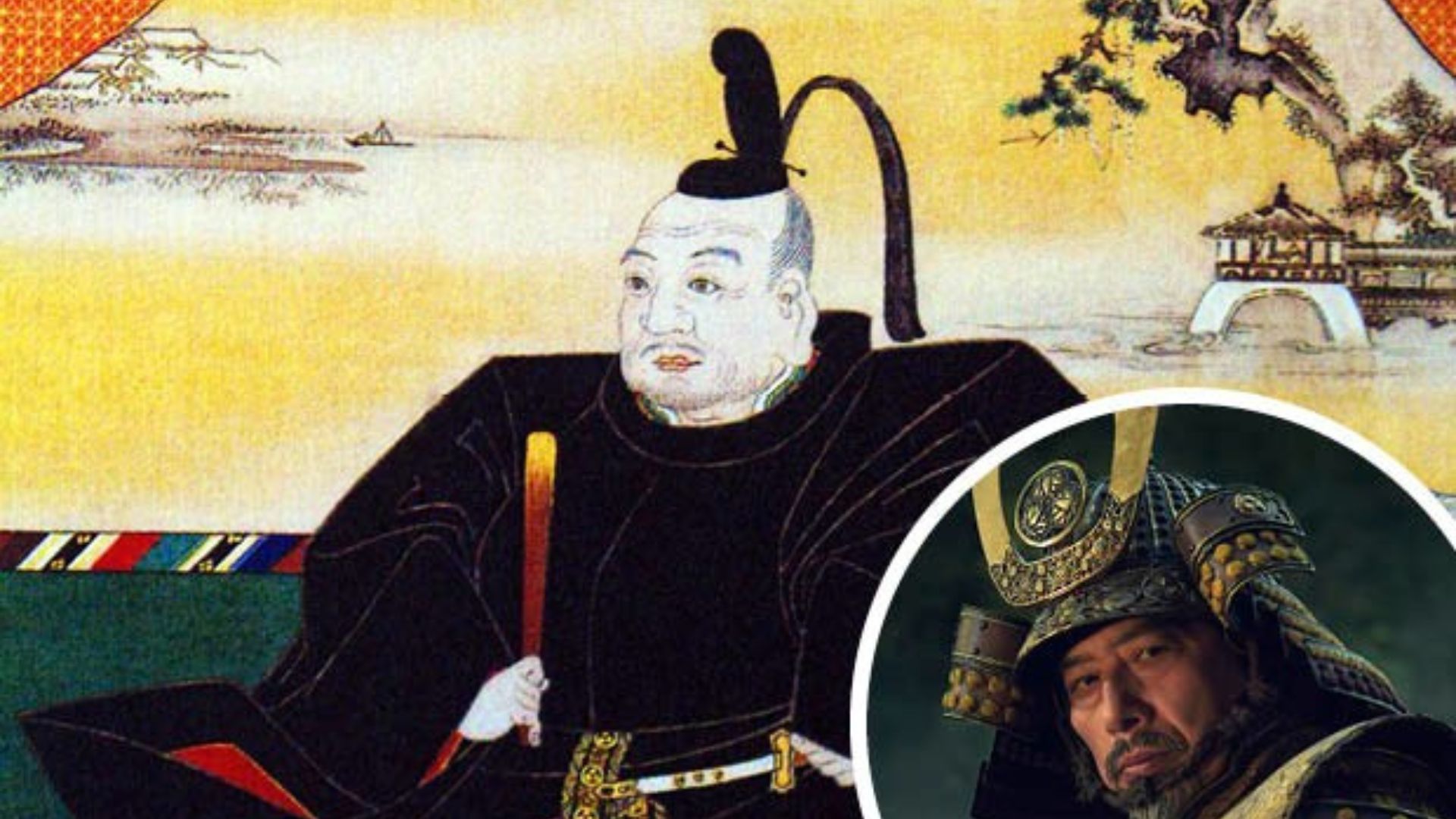Tokugawa Ieyasu was one of Japan’s most influential leaders, known for uniting the country and establishing the Tokugawa shogunate, which ruled for over 250 years. His patience, strategic thinking, and ability to outlast his rivals made him the ultimate victor of the Sengoku period, a time of intense warfare and political upheaval.

Early Life and Rise to Power
Tokugawa Ieyasu was born in 1543 into the Matsudaira clan, a minor samurai family in Mikawa Province (modern-day Aichi Prefecture). His early years were difficult, as he was taken hostage by rival clans and spent much of his childhood under the control of powerful warlords.
Despite these hardships, Ieyasu learned valuable political and military skills. He later allied with Oda Nobunaga, a rising warlord who sought to unify Japan. Under Nobunaga’s leadership, Ieyasu gained experience in battle, strategy, and governance, setting the stage for his future success.
When Oda Nobunaga was assassinated in 1582, Ieyasu found himself in a power struggle with other generals, including Toyotomi Hideyoshi, who emerged as the dominant leader. Though they were rivals, Ieyasu submitted to Hideyoshi’s authority, waiting for the right moment to assert his power.
The Battle of Sekigahara: The Turning Point
When Toyotomi Hideyoshi died in 1598, his young son, Toyotomi Hideyori, was too inexperienced to rule. A struggle for control erupted between Tokugawa Ieyasu and supporters of the Toyotomi clan. This conflict led to the decisive Battle of Sekigahara in 1600, one of the largest and most important battles in Japanese history.
Ieyasu, leading the Eastern Army, faced off against the Western Army, which was loyal to Hideyori. Through a combination of strategic alliances, superior tactics, and well-timed betrayals, Ieyasu emerged victorious. This victory solidified his control over Japan and paved the way for him to become shogun.
Becoming the First Tokugawa Shogun
In 1603, Tokugawa Ieyasu was officially appointed Shogun by the emperor, marking the beginning of the Tokugawa shogunate. This new government established a stable, centralized rule that lasted until 1868.
Understanding the importance of securing his family’s power, Ieyasu abdicated in 1605, passing the title of shogun to his son, Tokugawa Hidetada. However, Ieyasu continued to hold real power from behind the scenes, ensuring that his policies and rule remained unchallenged.
The Siege of Osaka and the Fall of the Toyotomi Clan
Despite his victory at Sekigahara, the Toyotomi family still held power in Osaka. Ieyasu saw them as a threat and sought to eliminate them completely. In 1614, he launched the Siege of Osaka, attacking Osaka Castle, the stronghold of Toyotomi Hideyori.
After months of fighting, the Tokugawa forces breached the castle in 1615, leading to Hideyori’s death and the total destruction of the Toyotomi clan. With this victory, Ieyasu removed the last major challenge to his rule, ensuring that his family’s power would remain unchallenged for generations.
Tokugawa Ieyasu’s Lasting Reforms
Ieyasu focused on strengthening and stabilizing Japan, implementing key policies that shaped the country for centuries.
-
The Sankin-Kotai System – He required daimyo (feudal lords) to spend alternating years in Edo (Tokyo), reducing their ability to rebel.
-
Strict Social Order – He divided society into four distinct classes: samurai, farmers, artisans, and merchants, ensuring social stability.
-
Isolationist Foreign Policy – Under his rule, Japan took its first steps toward sakoku (national isolation), limiting foreign influence and trade.
-
Economic Growth – He promoted agriculture, infrastructure development, and commerce, leading to a period of peace and prosperity.
Conclusion
Tokugawa Ieyasu’s rise to power was marked by strategic patience, political skill, and military brilliance. From a hostage in his youth to the ruler of Japan, he built a legacy that shaped the country for centuries. His rule brought stability, economic growth, and cultural development, laying the foundation for modern Japan.











